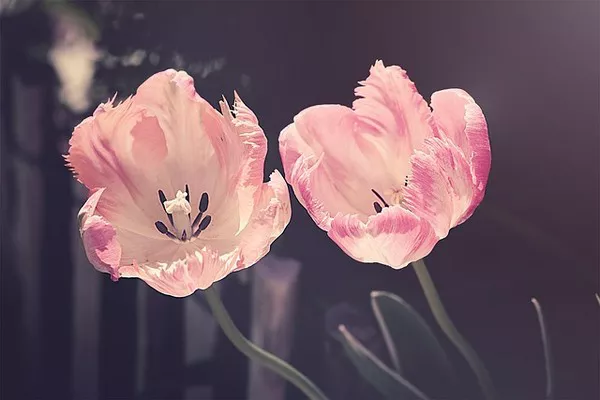Flowers are not only nature’s beautiful creations; they play a crucial role in the ecosystem, providing nourishment and habitat for various organisms. Among these organisms, bees hold a special place as important pollinators. In this article, we will delve into the fascinating relationship between flowers and bees, exploring what happens when bees collect pollen. With a focus on experience, expertise, authoritativeness, and trustworthiness, we will shed light on this intricate process and its significance in the natural world. So, let us embark on a journey to unravel the mysteries of pollination and the crucial role bees play in flower reproduction.
The Pollination Process
In this section, we will explore the intricate process of pollination, which is the transfer of pollen grains from the male parts of a flower to the female parts. Pollination is vital for the reproduction of flowering plants, allowing them to produce seeds and ensure their survival. Bees, along with other pollinators, play a crucial role in facilitating this process.
The Role of Bees as Pollinators
Bees are highly effective pollinators due to their unique biological characteristics and behavior. As bees visit flowers in search of nectar and pollen, they inadvertently collect and transfer pollen grains. The buzzing sound they create during their foraging activities helps to dislodge pollen from the flower’s anthers. Bees have specialized structures on their bodies, such as hairy legs and bodies, that allow them to carry significant amounts of pollen from flower to flower.
Bee Behavior During Pollination
Understanding the behavior of bees during pollination provides valuable insights into the process. When bees collect pollen, they exhibit specific behaviors that aid in the transfer of pollen:
Pollen Collection:
Bees use their mouthparts and specialized leg structures, such as pollen baskets or corbiculae, to gather pollen from flowers. As they brush against the anthers, the pollen grains adhere to their bodies.
Pollen Transfer:
As bees move from flower to flower, they inadvertently deposit the pollen they have collected onto the stigma, the female reproductive part of the flower. This transfer allows for fertilization to occur, leading to seed production.
Importance of Bee-Flower Interaction
The interaction between bees and flowers is of paramount importance to both the plants and the bees themselves. Here are a few key reasons why this relationship is crucial:
Plant Reproduction:
Bees are responsible for pollinating a vast number of flowering plant species, including crops and wildflowers. By transferring pollen, they enable plants to produce seeds, ensuring the continuation of plant populations.
Biodiversity:
The pollination process helps to maintain biodiversity by promoting genetic diversity within plant populations. This diversity is essential for the resilience and adaptation of plant species in the face of environmental changes.
Food Production:
Many crops rely on pollination to produce fruits, vegetables, and nuts. Bees play a significant role in the pollination of these crops, contributing to food security and agricultural productivity.
The Impact of Declining Bee Populations
The decline in bee populations worldwide is a cause for concern, as it threatens the delicate balance of ecosystems and food production. Factors such as habitat loss, pesticide use, climate change, and diseases have contributed to the decline. The consequences of reduced bee populations can include reduced plant reproduction, lower crop yields, and disruptions in the natural balance of ecosystems. Recognizing and addressing the factors that impact bee populations is crucial for preserving the essential relationship between bees and flowers.
Conclusion:
In conclusion, the interdependence between bees and flowers is a remarkable phenomenon that sustains the diversity and productivity of our natural world. Bees, as skilled pollinators, play a vital role in the reproduction of flowering plants, facilitating the transfer of pollen and ensuring the continuity of plant populations. Understanding the intricate process of pollination and the behavior of bees during pollen collection sheds light on the significance of this symbiotic relationship. As we navigate the challenges facing bee populations, it becomes even more crucial to protect and conserve these invaluable pollinators for the benefit of both our environment and our food systems.


